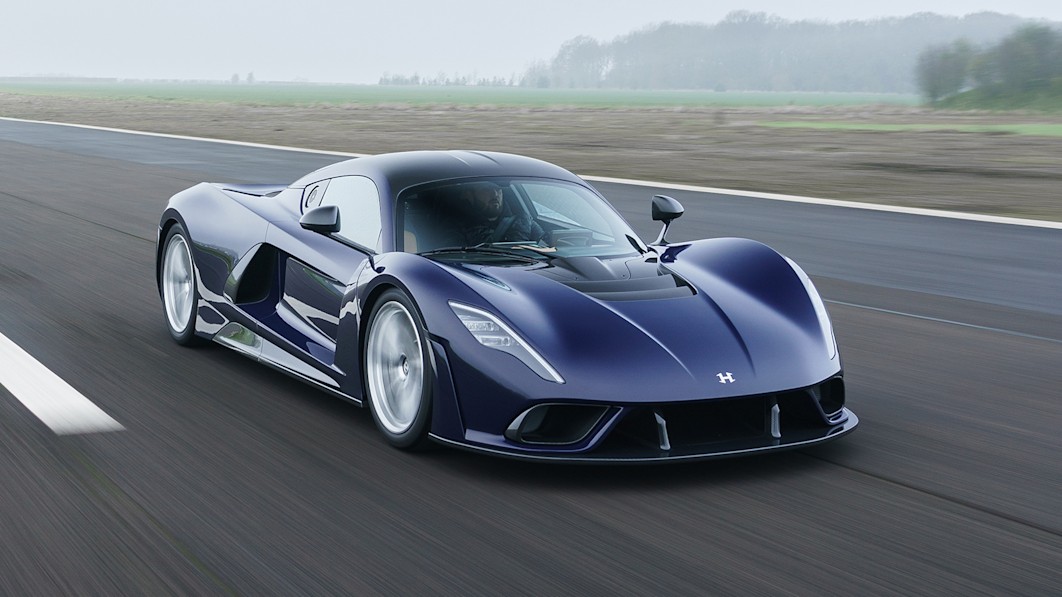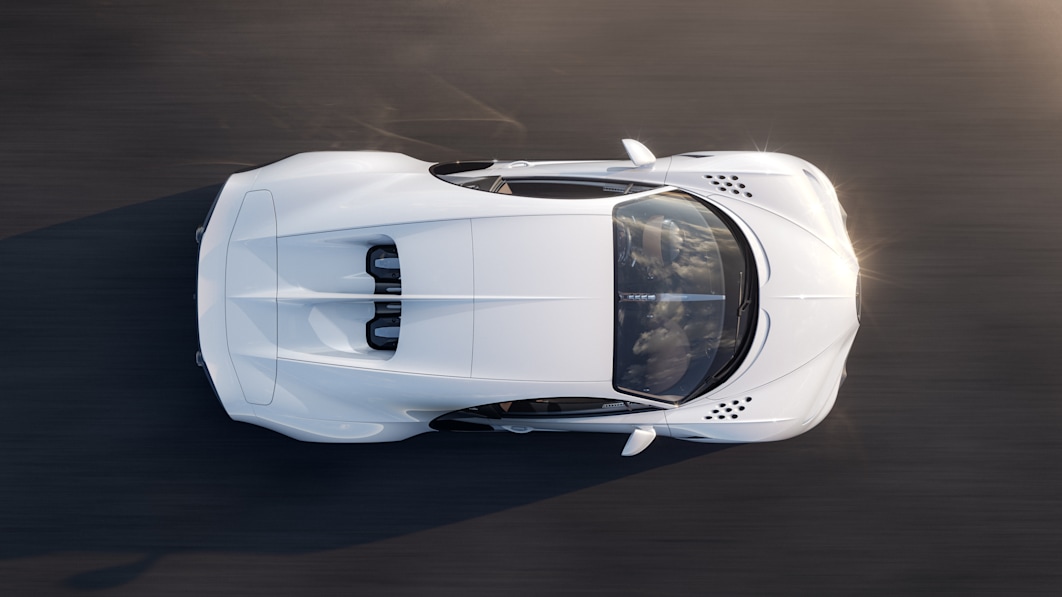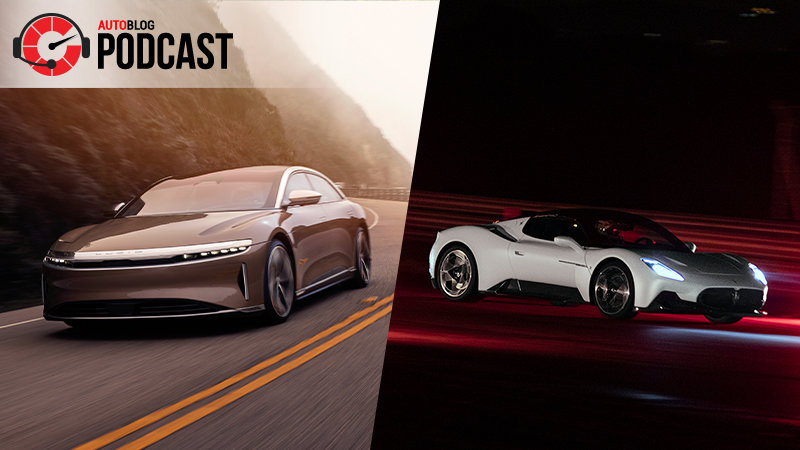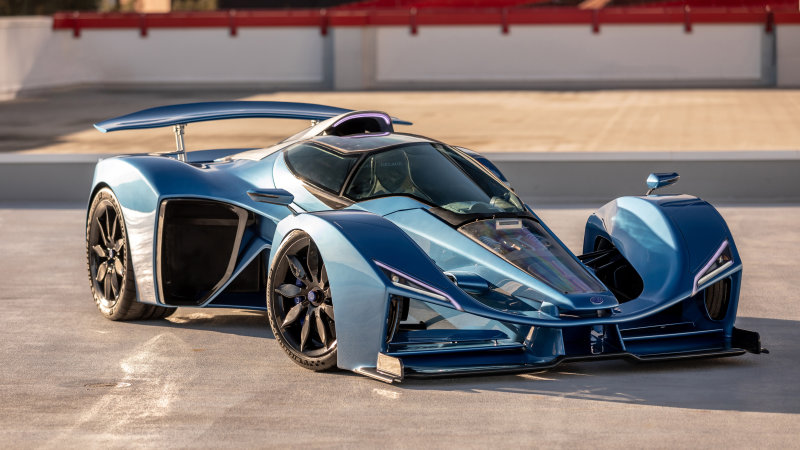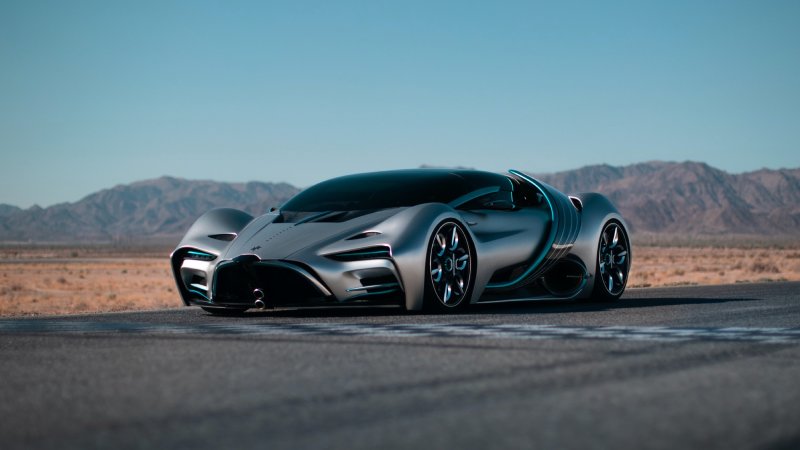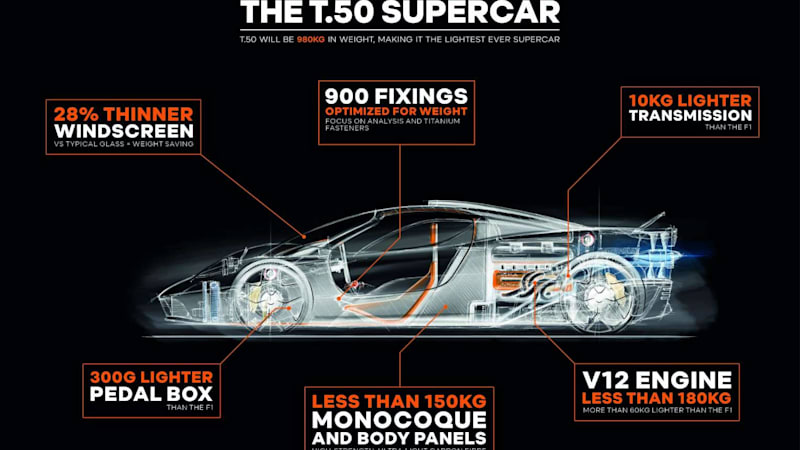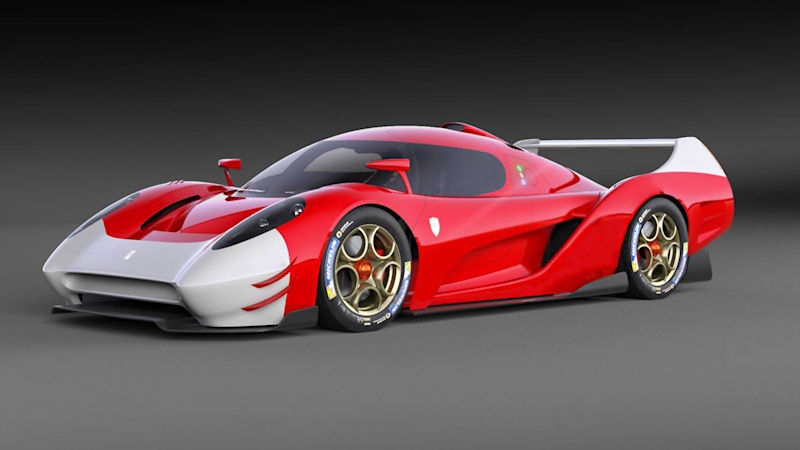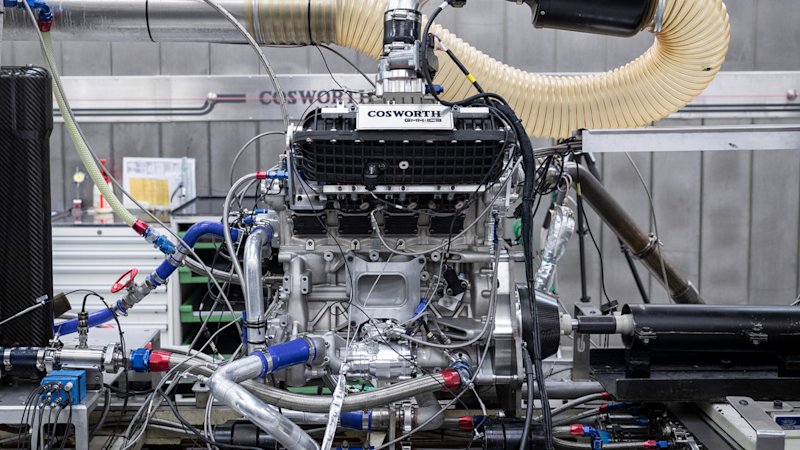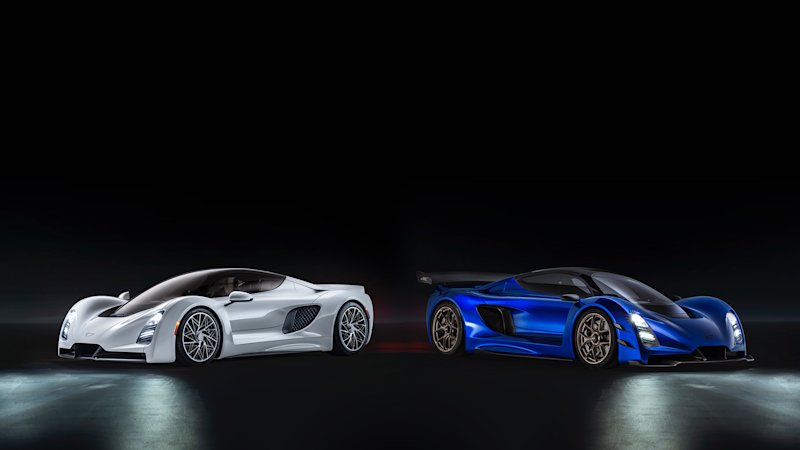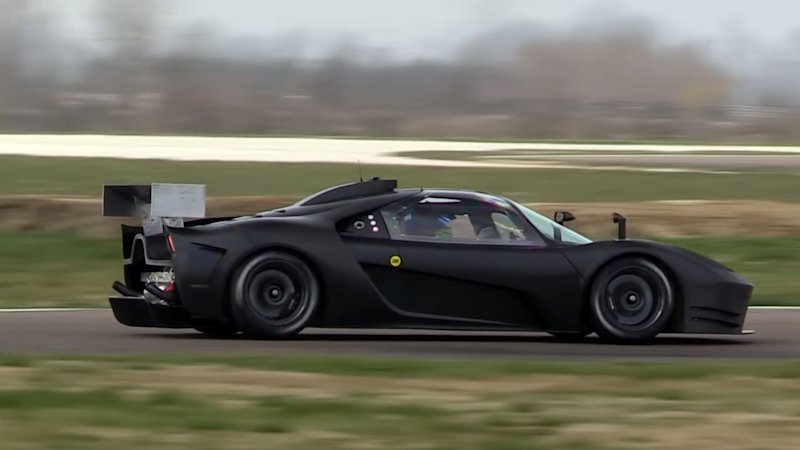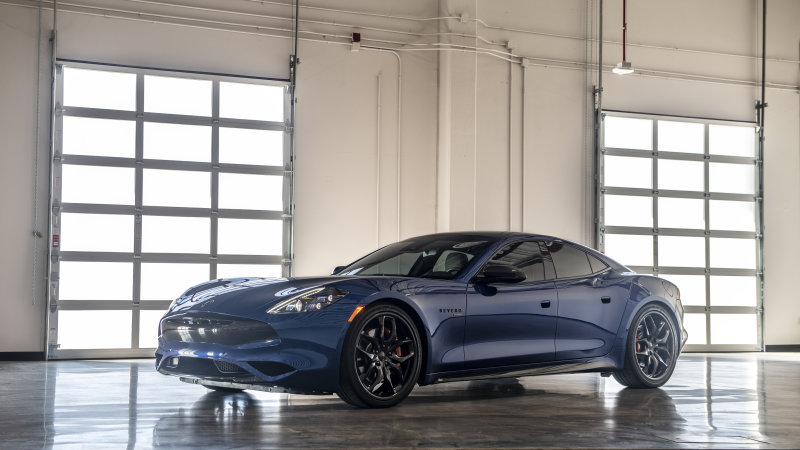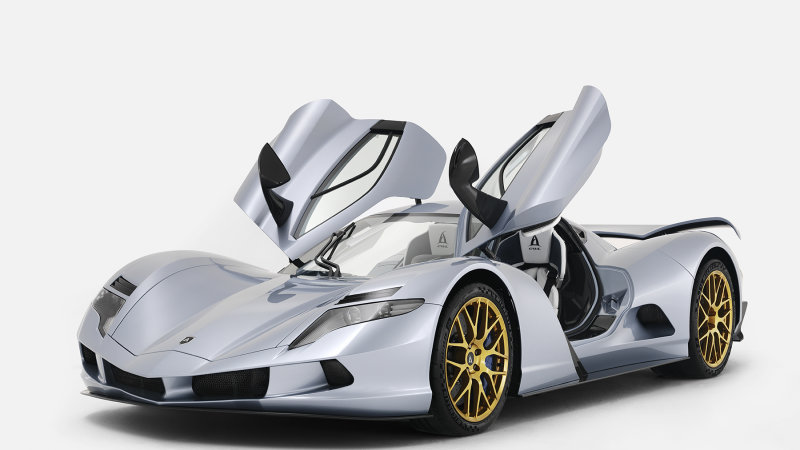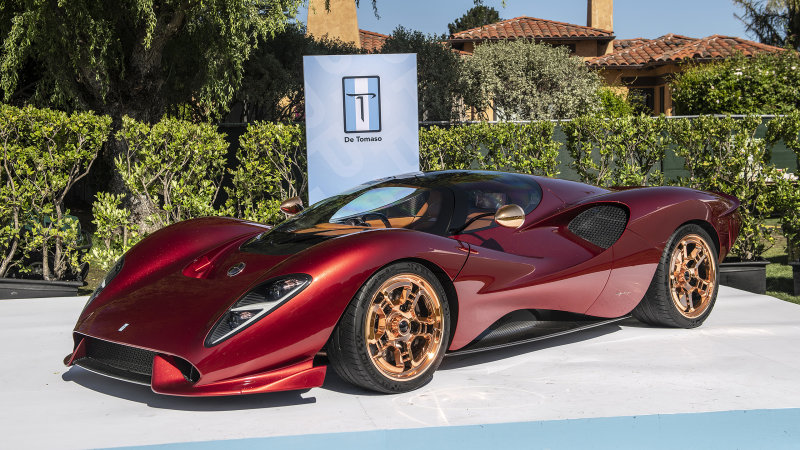We’ve seen several ways so far of resurrecting a dormant car brand. There’s been the continuation build, like at Alvis, with period vehicles created from new-old-stock or parts created from original blueprints. We’ve seen brands wrap modern technology in historically-themed bodywork, as with the new Hispano-Suiza, or put that technology inside brand new bodywork said to channel the spirit of the original, as at Maybach or Bugatti. ü Called the Delage D12, CEO Laurent Tapie says it fulfills the dream of Adolphe Louis Delage, who campaigned a 2.0-liter V12 in the 1923 and 1924 Grand Prix seasons, supercharging the engine in 1925 and winning two races. Delage took the crown of World Champion of Car Builders in 1927 with the Type 15 S 8 and its supercharged 1.5-liter straight-eight, then returned to a V12 formula in 1938 in a car lost to fire before it could race.
The original Delage insisted on technical excellence, its 1914 Indy 500-winning car benefiting from a 4.5-liter four-cylinder engine with double overhead cams and desmodromic valves, a five-speed gearbox with two overdrive gears, a metal clutch, and brakes at all four wheels plus a transmission brake. On public roads, some of the finest coachbuilding of the era sat on top of a Delage chassis; the brand has won Best of Show at the Pebble Beach Concours d’Elegance three times between 1996 and 2010.
Echoing the dual thrust of those vintage cars, the D12 is road-legal, yet designed to be “the closest to the sensation of driving a Formula One car that has ever been experienced in a street legal car.” Tapie wants the D12 to claim the record for the fast street-legal car around the Nürburgring. There will be two D12 trims, both powered by a naturally aspirated 7.6-liter V12 with 990 horsepower, developed in-house and aided by an electric motor mounted in the eight-speed, single-clutch, automated manual transmission. In the GT version, which weighs 3,086 pounds, the e-motor produces 110 hp for a total of 1,100 horses. In the track-focused Club model that weighs 2,888 pounds, the e-motor contributes a gentle 20 horses for 1,010 hp and is used mainly while driving on the streets, reversing, and parking. Delage says the GT is quicker, but the Club — which can hit 62 miles per hour in 2.8 seconds and tops out at 233 mph — is faster around a circuit.
Delage technical director Benoît Bagur has a résumé including years at Citroën Sport, Seat and VW Sport, and Ligier, the entire technical team said to have been involved with 16 FIA World Championship titles in various series. Bagur claims two in touring cars, the head engineer is responsible for six, and one of those titles is claimed by Jacques Villeneuve, the ex-F1 pilot being one of Delage’s test drivers.
The carbon fiber body panels are accompanied by carbon fiber wheels engineered to channel airflow to cool the brakes, the body and wheels connected by a visible pushrod suspension. In the cockpit, the steering wheel handles are molded to the driver’s hands, the carbon fiber seat and leg support are molded to the driver’s body.
Tapie says he’s backed by 10 investors, four of them apparently billionaires, but he’s looking for two more. Tapie’s father is French billionaire Bernard Tapie, but the elder is not invested in the nascent car company. Laurent sees the D12, produced from next year in a run of 30 cars priced at $2.3 million each, as the opener to more products. Two D12s have been spoken for so far, sold through Delage’s West Coast dealer, Newport Beach Automotive Group.
With the brand name licensed for seven years, the deal including a provision to buy the rights to the name in 2022, Tapie already has a second model in mind. The follow-up will further highlight the historical connection at the same time as it’s powered by “a revolutionary turbine that’s been in development for 12 years, and will also take advantage of some innovative aerodynamic technology. We really see ourselves as a technology company.”

